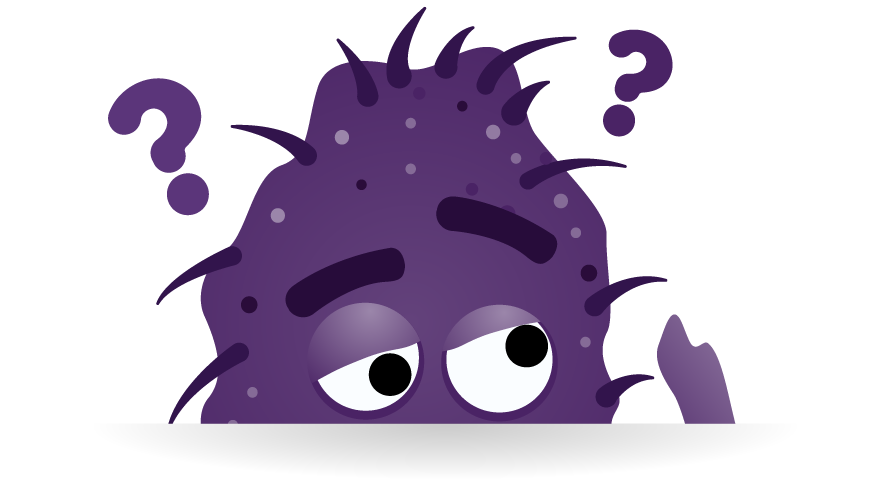The Importance of Influenza Vaccine for Children
Influenza is an annual threat to the health of children and their families, and is an illness far more dangerous than the common cold. Each year in the US, millions of children get sick with seasonal influenza, thousands of children are hospitalized, and some children die from influenza. The flu vaccine offers the best defense against getting the flu and spreading it to others.
Getting vaccinated can reduce flu illnesses, doctor’s visits, missed work and school days, and prevent flu-related hospitalizations and deaths in children. The Shoo the Flu model can improve influenza vaccination rates for all children and reduce influenza disease burden across the US.
Children Help to Shoo the Flu
There are a number of reasons why Shoo the Flu is focused on influenza vaccination of school-age children:
- Vaccination improves health and well-being. Influenza infection can carry a risk of serious complications, hospitalization, or death, even among otherwise healthy children.
- Influenza has significant adverse effects on the quality of life of school-aged children and their families resulting in, among things, missed school days or parent/ guardian work days.
- School-aged children are also thought to be the community group responsible for the largest share of influenza transmission.
Did you know?

- Children have high levels of social contact through schools, have the highest attack rates of any age group, and tend to be highly symptomatic (and thus more infectious).
- It is children who most often introduce influenza into a household and further transmit influenza within the household.
- Reducing influenza transmission among school-age children is thought to help prevent illness in other vulnerable groups in a community, including the elderly, for whom the influenza vaccine is generally less effective.
Shoo the Flu Makes an Impact
Vaccination Coverage Improves
A school-located program like Shoo the Flu makes influenza vaccination an easier choice for parents and caregivers by addressing key barriers vaccination. The impact of this convenience is demonstrated in this evaluation of the first Shoo the Flu program in Oakland, California. By the third and fourth years of the program, vaccination coverage was higher in the Shoo the Flu intervention school district compared to the comparison site, as much as 11% higher in year 4! Over time, influenza vaccination became more common in Shoo the Flu schools.
Community Hospitalizations Decrease
Importantly, the increase in vaccination coverage among elementary school children at Shoo the Flu sites translated to significant health impacts. In the third and fourth years of the program, Shoo the Flu was associated with significantly lower influenza hospitalization rates among non-elementary school-aged children and among the elderly. These impacts, reflecting lower influenza transmission community-wide, suggest Shoo the Flu may have produced herd effects.
School Absences Decrease
Influenza infections typically cause symptoms that are severe and students cannot attend school. The Shoo the Flu evaluation observed fewer absences due to illness at the Shoo the Flu school district site compared to the comparison site. The reduction in total illness-specific student absences during the influenza season was significant and resulted in approximately 100 fewer illness-related absences during influenza per day in the Shoo the Flu school district! During the peak week of influenza there was evidence of even larger reductions in illness-specific absences.
Want to read more?
School-based programs are increasingly being recognized as an effective and cost-efficient method for vaccinating large percentages of children. We are pleased to highlight other open access publications which examine the dynamics of influenza infection and transmission in children and the impact of school-located influenza vaccination.
- Age-specific differences in influenza A epidemic curves: do children drive the spread of influenza epidemics? Schanzer et al. 2011 Am J Epidemiol.
- Social contact networks for the spread of pandemic influenza in children and teenagers. Glass et al. 2009. BMC Public Health.
- Monitoring the impact of influenza by age: emergency department fever and respiratory complaint surveillance in New York City. Olson et al. 2007. PLoS Med.
- Seasonal incidence of symptomatic influenza in the United States. Tokars et al. 2017. Clin Infect Dis.
- Risk factors of influenza transmission in households. Viboud et al. 2004. British Journal Gen Practice
- Strategy for distribution of influenza vaccine to high-risk groups and children. Longini et al. 2005. Am J Epidemiol.
- Strategies for pandemic and seasonal influenza vaccination of schoolchildren in the United States. Basta et al. 2009. Am J Epidemiol.
- Influenza-related mortality trends in Japanese and American seniors: evidence for the indirect mortality benefits of vaccinating schoolchildren. Charu et al. 2011. PLoS One.
- The Japanese experience with vaccinating schoolchildren against influenza. Reichert et al. 2011. N Engl J Med.
- Effectiveness of school-based influenza vaccination. King et al. 2006. N Engl J Med.
- Effect of influenza vaccination of children on infection rates in Hutterite communities: a randomized trial. Loeb et al. 2010. JAMA.
- School-located influenza vaccination decreases laboratory-confirmed influenza and improves school attendance. Pannaraj, et al. 2014. Clin Infect Dis.
- Uptake and impact of vaccinating school age children against influenza during a season with circulation of drifted influenza A and B strains, England, 2014/15. Pebody, et al. 2015. Euro. Surveill.
- Influenza Vaccine Effectiveness Against Pediatric Deaths: 2010–2014. Flannery et al. 2017. Pediatrics.
- Effectiveness of Influenza Vaccine Against Life-threatening RT-PCR-confirmed Influenza Illness in US Children, 2010–2012. Ferdinands et al. 2014. J Infect Dis.
- Health Benefits, Risks, and Cost-Effectiveness of Influenza Vaccination of Children. Prosser et al. 2006. Emerg Infect Dis.
- Cost effectiveness analysis of elementary school-located vaccination against influenza – Results from a randomized controlled trial. Yoo et al. 2013. BMC Health Serv Res.
- Cost effectiveness analysis of Year 2 of an elementary school-located influenza vaccination program – Results from a randomized controlled trial. Yoo et al. 2015. BMC Health Serv Res.
